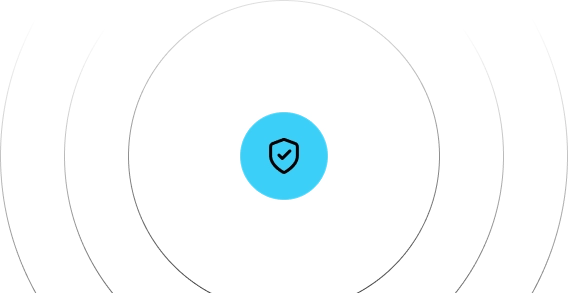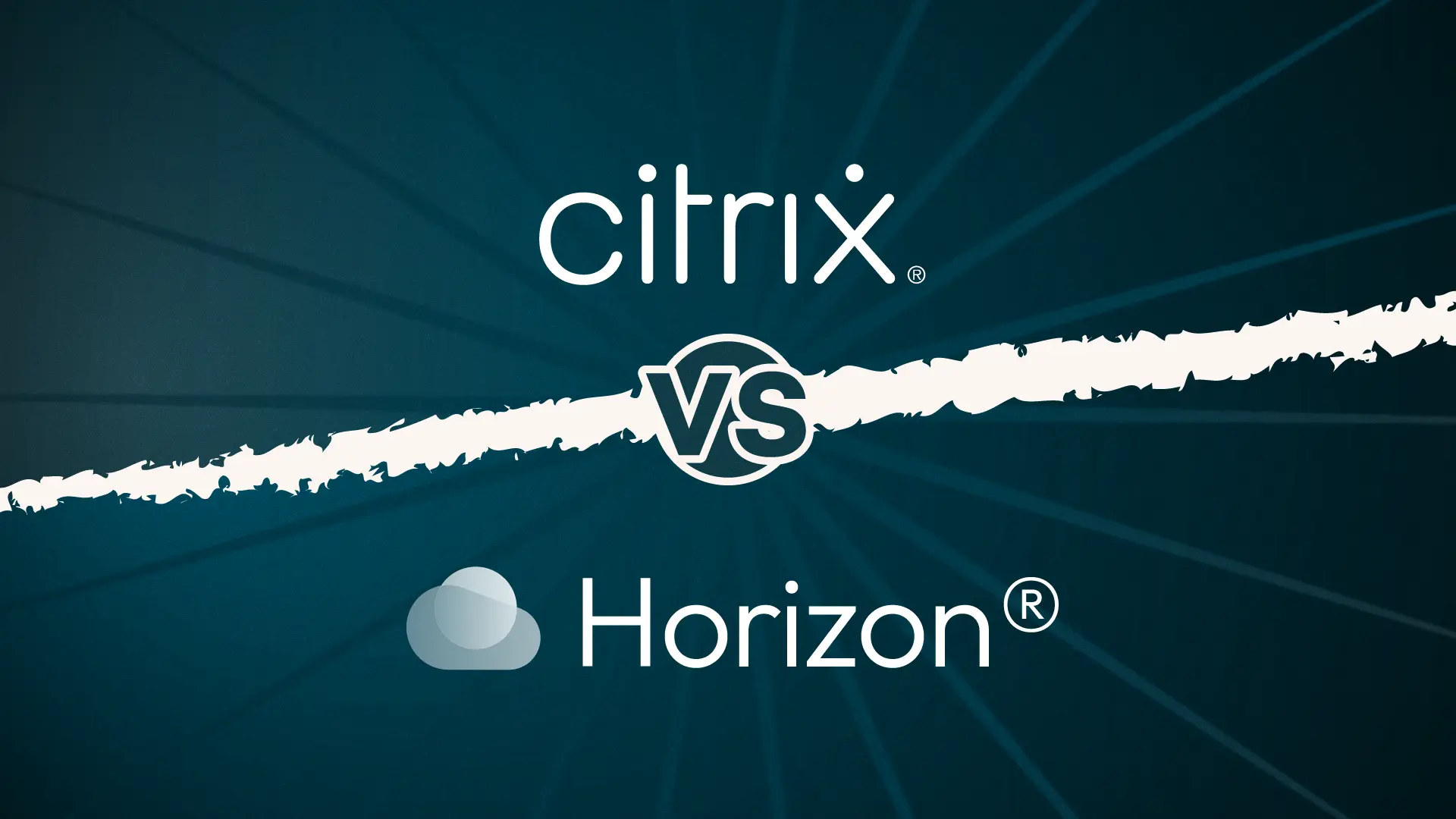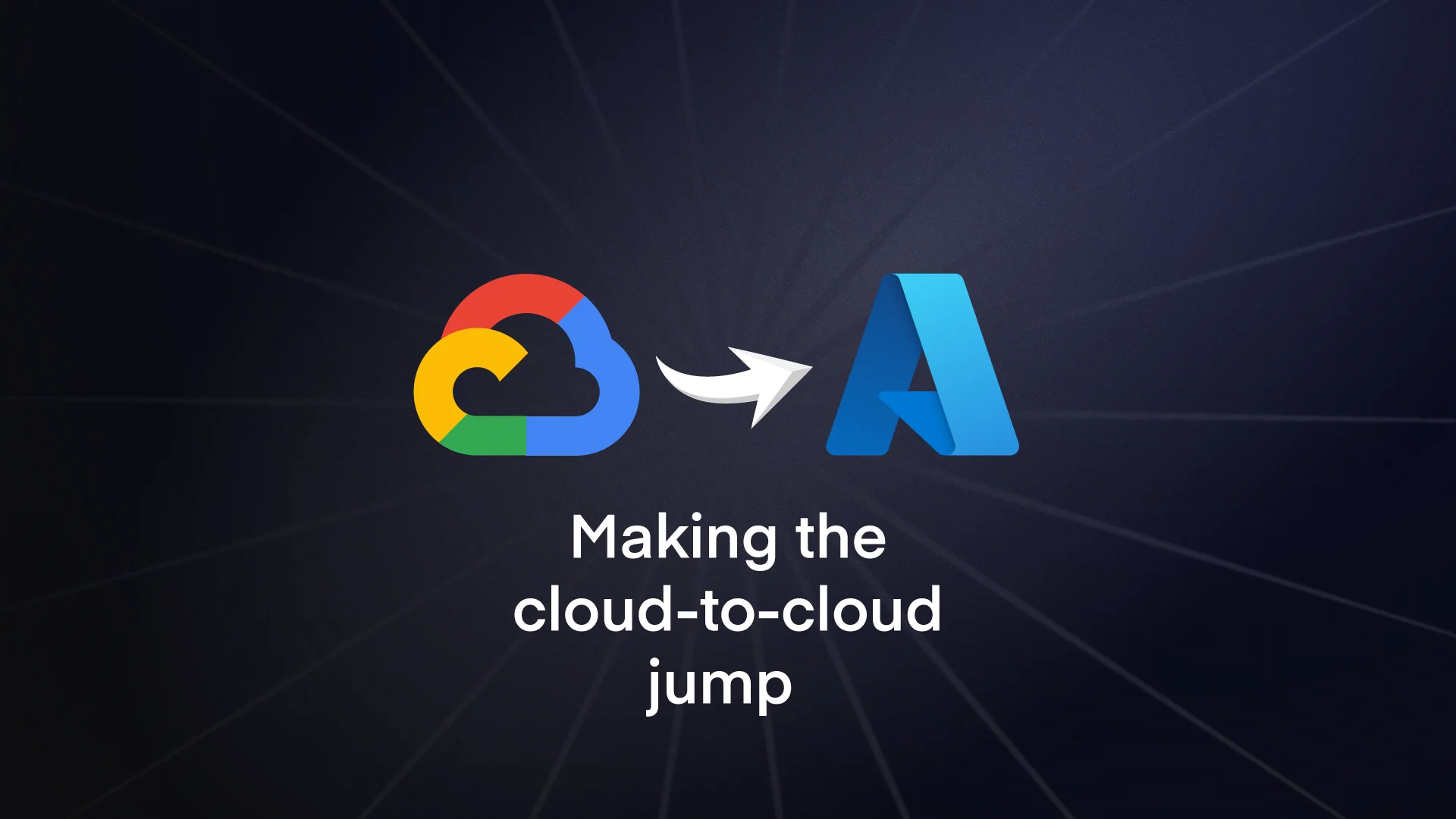Here at Synextra, it’s our mission to bring big IT to the SME. That’s why we love Virtual Desktop Infrastructures – they make the power of cloud computing accessible to all. By using a virtual desktop (also known as a hosted desktop), your little notebook or tablet can access the power of the cloud, helping you to get work done without investing a small fortune in big, bulky and expensive hardware – hardware that you can’t take with you when you’re out of the office. But what else can your business do with virtual desktops?
Work remotely
Because we have talked in-depth about the benefits of flexible working recently, we’re only going to briefly touch upon this subject in this article. Here are the most important things you need to know.
With remote working you can:
- Attract better talent from around the world
- Keep productivity levels high, by enabling people to work when out of the office
- Pick up where you left off on another machine if technology fails
- Keep employees happy, by removing the stress of hardware maintenance
- Ditch the office altogether, removing a large chunk of your company’s monthly outgoings
To learn more about the benefits of working remotely, read our article: How abandoning the office can help your business to thrive.
Reducing desktop expenditure

With VDI (virtual desktop infrastructure), you can reduce your company’s desktop expenditure by 35% by replacing big and powerful desktops with small and power-efficient ‘thin’ clients. However, don’t think of this as a downgrade. It’s quite the opposite. These little computers are just as powerful as their big and bulky predecessors because they have access to the power of the cloud. In fact, they can often be even more powerful.
But how does it work? Well, the heavy work is all done on the server and sent to your computer, instantly. Because of the undiscernible latencies, you won’t even realise that you’re doing everything in the cloud. It will be just as responsive as if you were plugged into a beefy workstation.
Don’t believe us? Well, Nvidia is using this very same technology to enable their GeForce Now gaming service. How does it work? Well, video games are streamed from the cloud onto thin and light clients, such as the Nvidia Shield TV or Shield Tablet. These little ‘clients’ can now run games that would normally require thousands of pounds in dedicated gaming towers. So, if it’s responsive enough for gaming – where quick reflexes and twitchy reactions are the difference between winning and losing – it’s more than quick enough for office-based tasks.
Keep data safer and more secure in your business

Because data isn’t stored locally, it’s safe from human error, office mishaps, and even theft. So, if somebody leaves their laptop on the train, your company’s important intellectual property and data can’t find its way into the hands of your competitors or worse, cyber-criminals. Or, if your office is flooded by Britain’s famously wet weather, you won’t lose a byte of data. You can even finish that important spreadsheet in the comfort of your own home. That’s because all of your data is stored safely in the cloud.
Boost productivity

TBWA/Chiat/Day (Apart of the global advertising agency TBWA and best known for their work with Apple) decided to boost productivity in their New York office by initiating a ‘no desk policy.’ By removing allocated desk spaces, TBWA employees are encouraged to swap seats on a daily basis, to encourage impromptu encounters and collaborations. This is especially important for employees in creative spaces such as; advertising agencies, graphic design studios, photography and videography studios, and other creative enterprises.
You can implement a similar strategy by storing data in the cloud and enabling your staff with virtual desktops.
Move offices
![]()
In one of our recent articles, we talked about the benefits of remote working and ditching the office. Well, virtual desktop infrastructures are also beneficial for those who work in an office but don’t own it. It even benefits small start-up companies who “desk share” or work in collaborative environments such as The Sharp Project. Instead of investing heavily in expensive equipment or complicated server setups, you can take your company to the cloud. So, if you move desks like the team at TBWA, or even move to whole new premises altogether, you don’t have to fork out again to get everything back up and running. All you have to do is connect back to the cloud to pick up where you left off. No costs, no stress.
These are just 5 ways that you can use Virtual Desktops in your SMB and there are many, many more. How do we know? Because we’re remote working specialists.
If you want to find out more or want to talk about implementing virtual desktops in your business, get in touch with the Synextra Team today.



